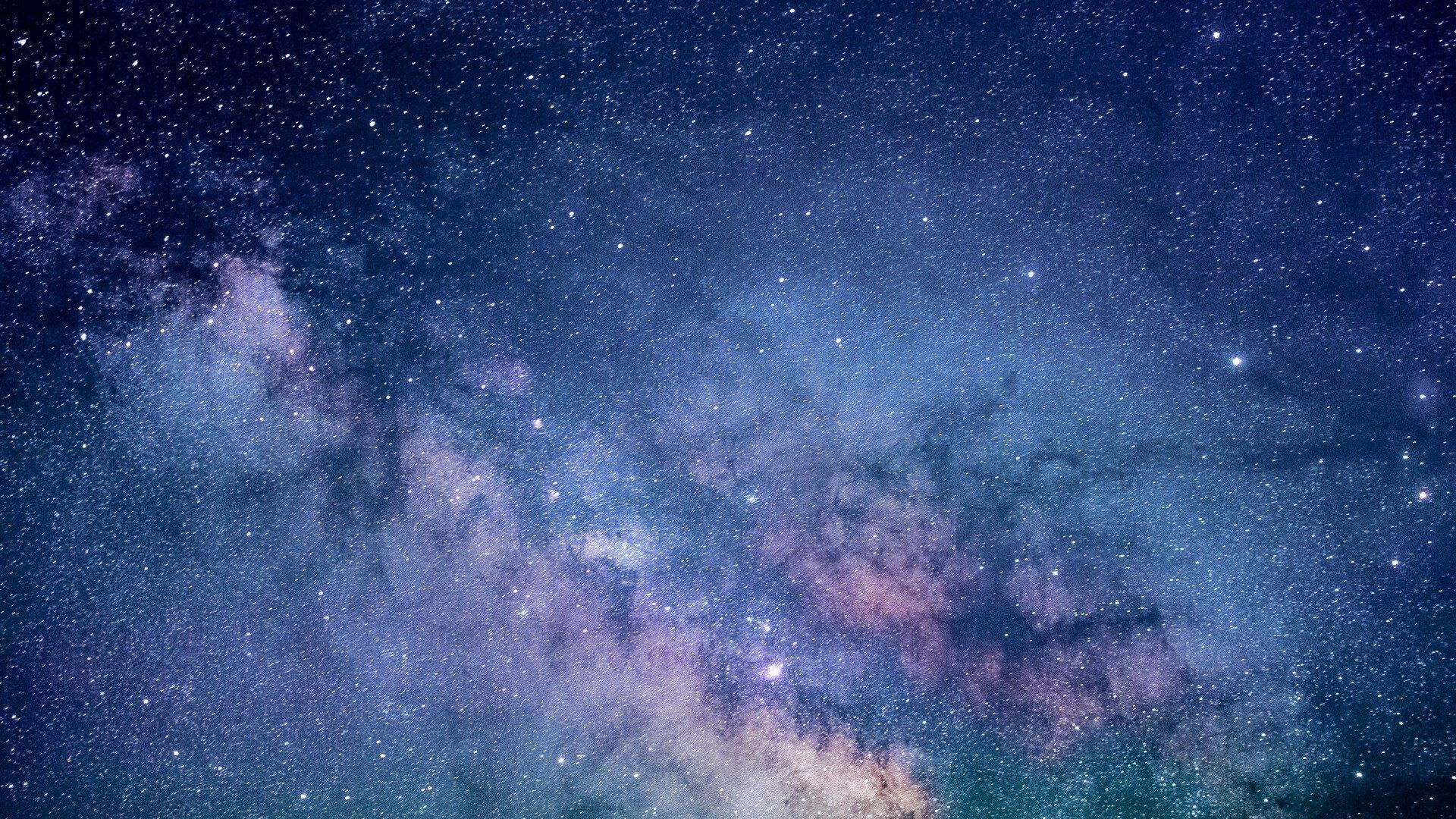https://sputnikglobe.com/20220621/missing-link-to-formation-of-most-massive-structures-in-universe-discovered-in-space-1096532095.html
'Missing Link' to Formation of 'Most Massive Structures in Universe' Discovered in Space
'Missing Link' to Formation of 'Most Massive Structures in Universe' Discovered in Space
Sputnik International
The astronomers presented their results at the 240th meeting of the American Astronomical Society earlier this month. 21.06.2022, Sputnik International
2022-06-21T15:43+0000
2022-06-21T15:43+0000
2022-06-21T16:31+0000
science & tech
galaxy clusters
merger
evidence
https://cdn1.img.sputnikglobe.com/img/107883/34/1078833447_0:115:1921:1195_1920x0_80_0_0_0173e98ef67cb64b0088b8721a4c258b.jpg
A team of astronomers has managed to obtain evidence of a shockwave produced by the collision of two galactic sub-clusters located in the Abell 98 (A98) galaxy cluster more than 1.2 billion years away from our planet.According to ScienceAlert, Arnab Sarkar, a physicist and astronomer from the University of Kentucky, and his team have discovered “definitive evidence” of a shock edge to the south of A98N, one of the sub-clusters in question.The astronomers, who presented their findings recently at the 240th meeting of the American Astronomical Society, argue that their discovery is vastly important, as detecting a cluster merger in its early stages is rare, the media outlet notes."This result is important because different computer simulations seem to be telling us different things about what we should observe early on in a galaxy cluster merger," Sarkar said. "Here, we have a picture of what this process actually looks like, and that can be used to inform our theoretical models."
https://sputnikglobe.com/20220520/galaxies-devoid-of-dark-matter-formed-during-massive-collision-billions-of-years-ago-study-says-1095669632.html
Sputnik International
feedback@sputniknews.com
+74956456601
MIA „Rosiya Segodnya“
2022
News
en_EN
Sputnik International
feedback@sputniknews.com
+74956456601
MIA „Rosiya Segodnya“
Sputnik International
feedback@sputniknews.com
+74956456601
MIA „Rosiya Segodnya“
science & tech, galaxy clusters, merger, evidence
science & tech, galaxy clusters, merger, evidence
'Missing Link' to Formation of 'Most Massive Structures in Universe' Discovered in Space
15:43 GMT 21.06.2022 (Updated: 16:31 GMT 21.06.2022) The astronomers presented their results at the 240th meeting of the American Astronomical Society earlier this month.
A team of astronomers has managed to obtain evidence of a shockwave produced by the collision of two galactic sub-clusters located in the Abell 98 (A98) galaxy cluster more than 1.2 billion years away from our planet.
According to ScienceAlert, Arnab Sarkar, a physicist and astronomer from the University of Kentucky, and his team have discovered “definitive evidence” of a shock edge to the south of A98N, one of the sub-clusters in question.
"With this discovery, we caught two sub-clusters of a galaxy cluster in a crucial early epoch of the merging process, with a strong shock between them, providing a missing link to the formation of the most massive structures in our Universe," Sarkar said.
The astronomers, who presented their findings recently at the 240th meeting of the American Astronomical Society, argue that their discovery is vastly important, as detecting a cluster merger in its early stages is rare, the media outlet notes.
"This result is important because different computer simulations seem to be telling us different things about what we should observe early on in a galaxy cluster merger," Sarkar said. "Here, we have a picture of what this process actually looks like, and that can be used to inform our theoretical models."




